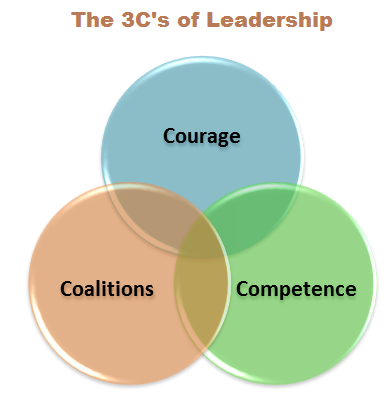How Data Can Change Traditional Approaches to Diversity & Inclusion
 Lately, I have been fascinated with the ABC-TV hit, “How to Get Away with Murder”. Interestingly enough, I simultaneously read the Twitter comments while watching the show. Afterwards, I check Wikipedia to learn the ratings data (i.e., how many people watched the show) in the prior week.
Lately, I have been fascinated with the ABC-TV hit, “How to Get Away with Murder”. Interestingly enough, I simultaneously read the Twitter comments while watching the show. Afterwards, I check Wikipedia to learn the ratings data (i.e., how many people watched the show) in the prior week.
What does this have to do with diversity and inclusion? Alot. Instead of simply stating that there are not enough television shows featuring diverse individuals, a stronger business case for diversity in television programming would center around Nielsen ratings and Twitter use—which USA Today also reports on a regular basis. One could also make the case based on the quantity and quality of advertisers.
Pertaining to the workplace, I recently read the October 2014 U.S. Department of Labor Unemployment Report, which stated that the unemployment rate for whites declined to 4.8 percent; while blacks were at 10.9 percent; Hispanics, 6.8 percent; and Asians, 5.0 percent. The question is, ‘with all of this so-called diversity and inclusion in the workplace, why is the unemployment rate so high for blacks?’
In June 2014, Forbes ran article entitled, “White High School Drop-Outs Are As Likely To Land Jobs As Black College Students” by Susan Adams. The author asserts that there are “numerous theories to explain the employment gap between the races and a list of proposed solutions. Persistent racial discrimination in hiring is one obvious cause. The high incarceration rate among African-Americans is another reason, says the report, citing a 2014 Brookings study showing that there is nearly a 70% chance that an African-American male without a high school diploma will be in prison by his mid-30s; having a criminal record makes it much tougher to find a job.”
The federal government has its own theories. The Bureau of Labor Statistics contends that the unemployment rate for blacks has always been higher than whites. In other words, this is status quo—no need for alarm. Another government report states that blacks simply “look for the right job longer”. Yet the title of Susan Adams’ article is particularly troubling as it implies that even highly educated blacks are likely to be the last to find jobs—especially if folks are more willing to hire a white high school drop-out before they hire a black college student.
But other data suggests that the disparity is different depending on where one lives. For instance, the Midwest sees a much wider gap between black and white unemployment than other regions — especially the West. In some states (Vermont, South Dakota, Utah, etc.), the black population is so small that the comparison doesn’t shed much light. But in states with substantial black populations, there has been only one year in one state in which the unemployment rate for blacks was lower than that for whites: 2007 in Massachusetts. That year, the average unemployment rate for blacks in the state was 4.3 percent. For whites, it was 4.7.
What is interesting about 2007 in Massachusetts is that the crime rate, in large cities like Boston, dropped significantly. Property crime, for example, consistently occurred above the national average in prior years. But starting in 2008, it began to fall so dramatically that now it is consistently below the national average, according to City-Data.com. Additionally, the Boston Globe reported that “some 84.7 percent of students who entered Boston high schools in fall 2008 graduated in 2012, an increase of 4.8 percentage points from six years earlier.” Note that the graduation rate was higher than the U.S. Department of Education’s 2012 national average of 80%, an all-time high.
My point is that many people complain about high crime, the lack of education, and more, that plague inner cities in America. Yet, one of the best indicators as to whether things will be different is the monthly unemployment report. If unemployment, for example, is particularly disparate, it will likely be reflected in other areas of society. But instead of saying, “the unemployment rate for blacks is much higher than any other group”, the business case for ensuring equal employment opportunity lies in improving the quality of life, reducing crime, and creating an educational system that works for all individuals, as well as for their future employers. Not surprisingly, much of this data points to the notion of interdependence within the diversity and inclusion space where employers, educators and community leaders, as well as government officials must connect their efforts.
At the end of the day, whether you are in the U.S. or in another country, the proliferation of data should enable you to build a stronger business case—easily comparing data points, providing deeper insights, and establishing connections to business objectives. Hence, moving beyond merely stating how many diverse people work, or don’t work, with an organization, toward utilizing more meaningful data to effect change.
By Leah Smiley
~~~~~~~~~~
Leah Smiley is the President of the Society for Diversity, the #1 and largest professional association for diversity and inclusion. For more information about the Society for Diversity, log onto http://www.societyfordiversity.org.

